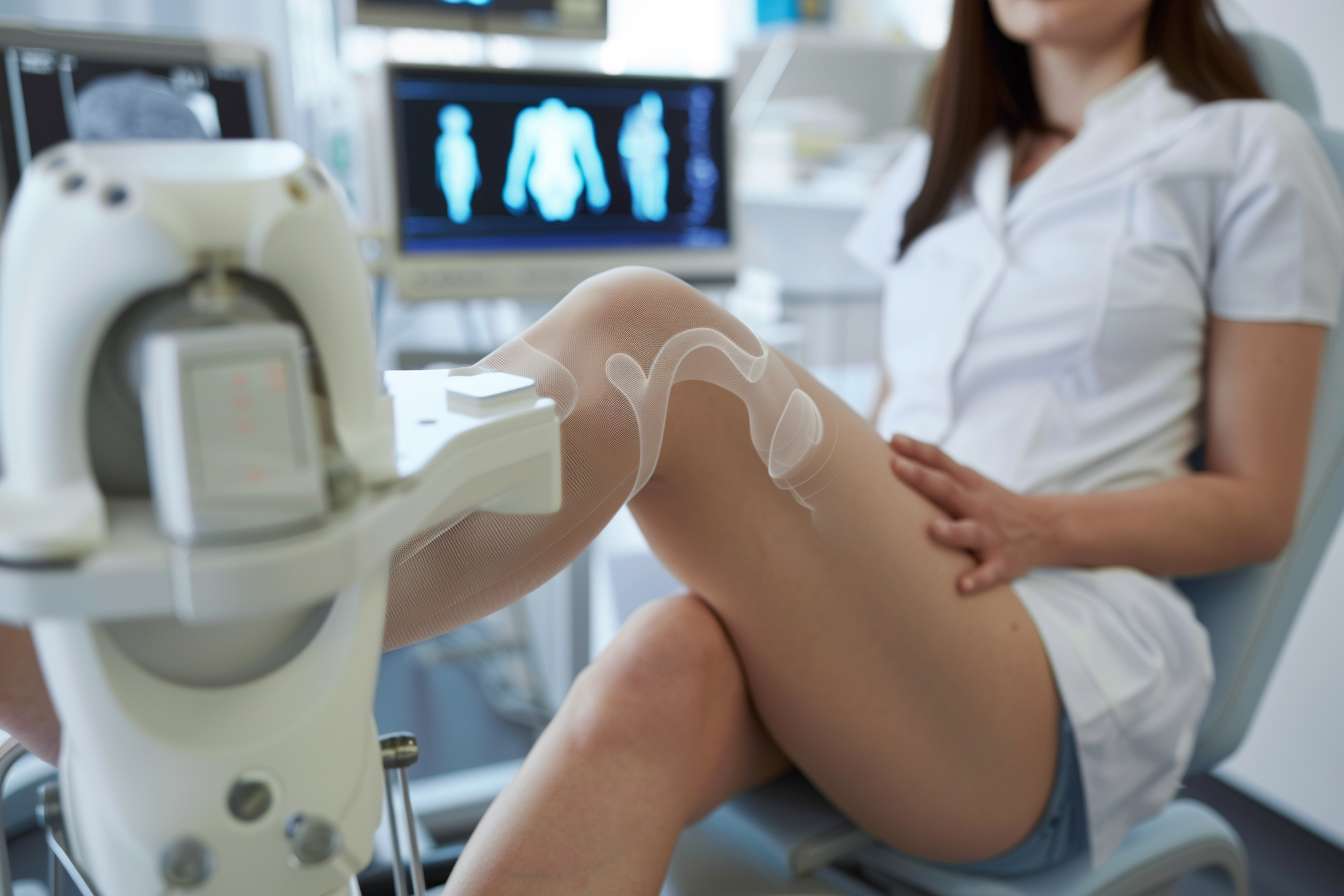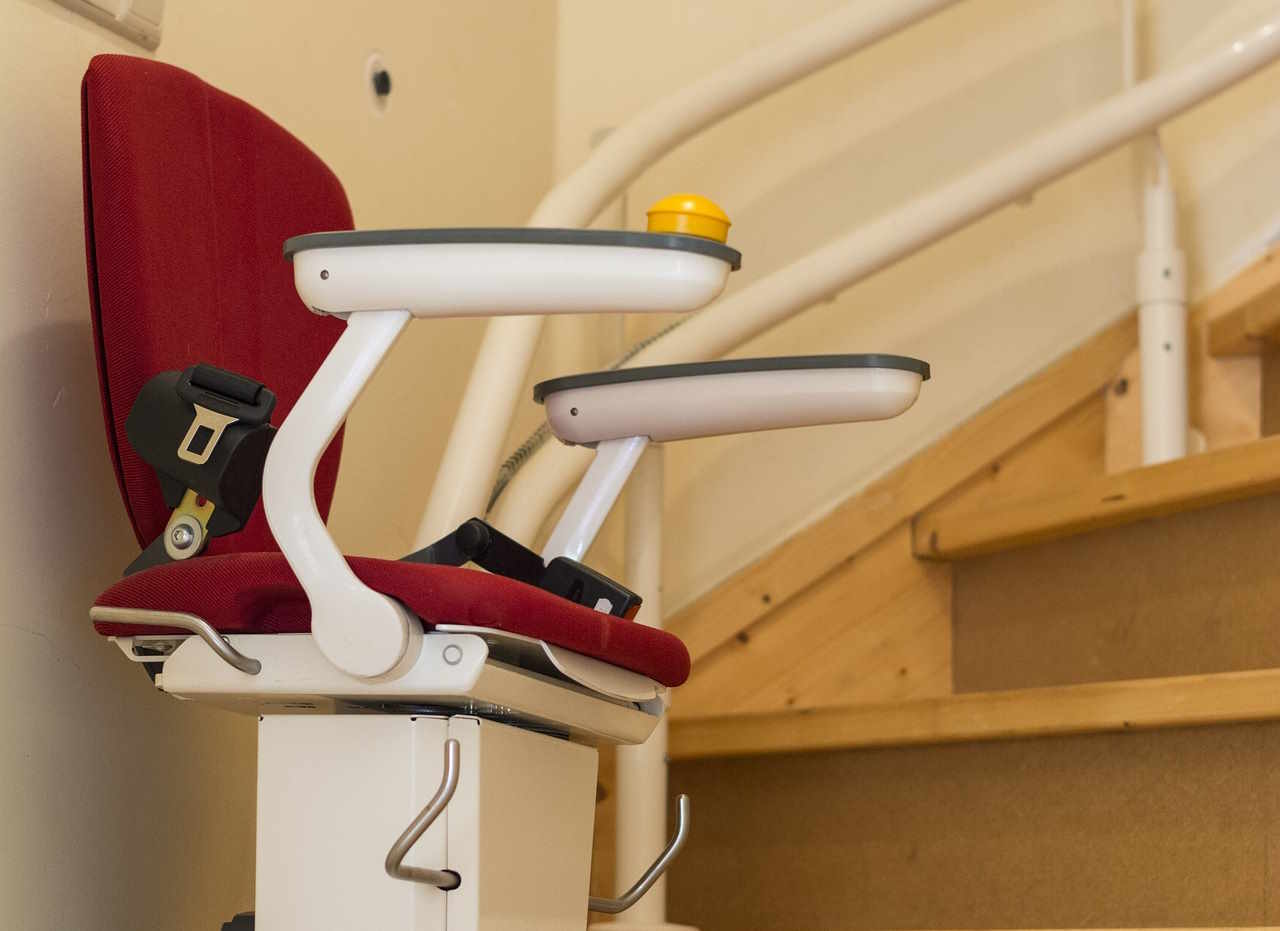Understanding laser belly fat removal treatment
Laser belly fat removal has emerged as a popular non-invasive cosmetic procedure for individuals seeking to reduce stubborn abdominal fat. This treatment uses targeted laser energy to break down fat cells, offering an alternative to traditional surgical methods. As more people explore body contouring options, understanding how this technology works, its benefits, and what to expect can help you make informed decisions about your wellness journey.

Laser belly fat removal represents a significant advancement in cosmetic body contouring technology. Unlike traditional liposuction, which requires surgical incisions and anesthesia, laser-based treatments offer a less invasive approach to targeting unwanted abdominal fat. These procedures have gained popularity among individuals looking for fat reduction options with minimal downtime and reduced recovery periods. The technology works by delivering controlled laser energy to fat cells beneath the skin, causing them to rupture and be naturally eliminated by the body’s lymphatic system over time.
What is laser belly fat removal?
Laser belly fat removal, also known as laser lipolysis or laser-assisted liposuction, is a cosmetic procedure that uses laser technology to reduce localized fat deposits in the abdominal area. The treatment involves directing low-level laser energy through the skin to target fat cells specifically. When the laser energy penetrates the tissue, it creates small pores in the fat cell membranes, allowing the stored triglycerides to leak out. The body then processes and eliminates these released fatty acids through natural metabolic pathways. Various systems exist for performing this procedure, including standalone laser devices and laser-assisted surgical techniques. The non-surgical versions typically involve placing laser pads directly on the skin, while surgical variants combine laser energy with traditional liposuction methods to enhance fat removal and potentially tighten skin.
Benefits of laser treatments for belly fat
Laser treatments for belly fat offer several advantages compared to traditional fat removal methods. The non-invasive nature of many laser procedures means no surgical incisions, reducing the risk of infection and scarring. Patients typically experience minimal discomfort during treatment, with many describing only a warming sensation. Recovery time is significantly shorter than surgical alternatives, with most individuals returning to normal activities within a day or two. The precision of laser technology allows practitioners to target specific areas of stubborn fat that may not respond well to diet and exercise alone. Some laser systems also stimulate collagen production, which can lead to improved skin tightness in the treated area. The gradual nature of results, occurring over several weeks as the body processes the released fat, creates a more natural-looking transformation. Additionally, these treatments generally involve fewer side effects than surgical procedures, with temporary redness or mild swelling being the most common concerns.
What to expect during the treatment process
The laser belly fat removal process typically begins with a consultation where a qualified practitioner assesses your goals, health history, and suitability for the procedure. During the actual treatment session, you will lie comfortably while the practitioner positions laser pads or applicators on your abdominal area. Non-invasive laser treatments usually last between 20 to 40 minutes per session, during which you may feel a gentle warming sensation but generally no pain. Most treatment protocols require multiple sessions, often ranging from six to twelve appointments scheduled over several weeks, to achieve optimal results. The practitioner may take measurements and photographs to track your progress throughout the treatment series. After each session, you can typically resume normal activities immediately, though staying hydrated and maintaining light physical activity is often recommended to support the body’s natural fat elimination process. Results become noticeable gradually, with most individuals seeing improvements within four to six weeks as the body metabolizes the released fat cells.
Comparisons with other fat removal methods
When considering fat removal options, understanding how laser treatments compare to alternatives helps in making informed choices. Traditional liposuction remains the most invasive option, involving surgical removal of fat through suction, requiring anesthesia, and necessitating a recovery period of several weeks. CoolSculpting, or cryolipolysis, uses controlled cooling to freeze and destroy fat cells, typically requiring fewer sessions than laser treatments but potentially causing more temporary discomfort. Radiofrequency treatments heat fat cells and stimulate collagen production, offering similar benefits to laser therapy with slightly different mechanisms. Injectable treatments like deoxycholic acid target fat cells chemically but are generally used for smaller areas like the chin rather than the abdomen. Diet and exercise remain the foundation of healthy fat reduction but may not address stubborn localized deposits effectively. Laser treatments occupy a middle ground, offering more significant results than lifestyle changes alone while avoiding the invasiveness of surgery. The choice between methods depends on individual factors including the amount of fat to be removed, desired downtime, budget considerations, and personal health status.
Potential risks and considerations
While laser belly fat removal is generally considered safe when performed by qualified professionals, understanding potential risks and limitations is essential. Temporary side effects may include redness, swelling, bruising, or tenderness in the treated area, typically resolving within a few days. Some individuals report temporary numbness or tingling sensations as nerves adjust following treatment. Results vary significantly between individuals, with factors like age, metabolism, skin elasticity, and lifestyle habits influencing outcomes. Laser treatments work best for individuals at or near their ideal body weight with localized fat deposits rather than those seeking significant overall weight loss. The procedure is not a substitute for healthy eating and regular exercise, and maintaining results requires ongoing lifestyle management. Rare complications can include burns from improper laser settings, irregular contours if fat removal is uneven, or paradoxical fat increase in untreated areas. Individuals with certain medical conditions, including liver disease, kidney problems, or bleeding disorders, may not be suitable candidates. Pregnancy, breastfeeding, and active infections in the treatment area are typically contraindications. Choosing a licensed, experienced practitioner and having realistic expectations about outcomes are crucial factors in treatment satisfaction.
Conclusion
Laser belly fat removal offers a compelling option for individuals seeking to reduce stubborn abdominal fat without undergoing invasive surgery. By understanding how the technology works, recognizing its benefits and limitations, and comparing it with alternative methods, you can determine whether this treatment aligns with your body contouring goals. The procedure’s non-invasive nature, minimal downtime, and gradual natural-looking results make it attractive to many, though individual outcomes vary based on numerous factors. As with any cosmetic procedure, thorough research, consultation with qualified professionals, and realistic expectations are essential components of a successful treatment experience. While laser treatments can effectively target localized fat deposits, they work best as part of a comprehensive approach to wellness that includes healthy nutrition, regular physical activity, and sustainable lifestyle habits.
This article is for informational purposes only and should not be considered medical advice. Please consult a qualified healthcare professional for personalized guidance and treatment.




